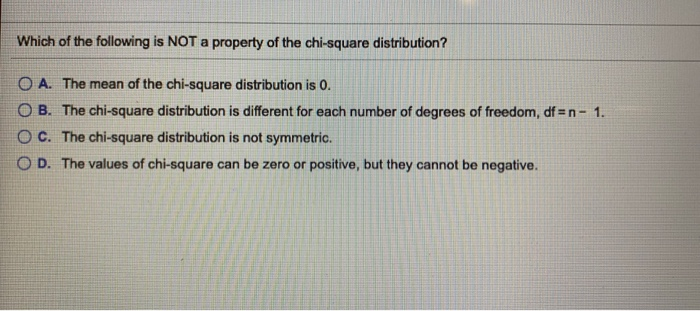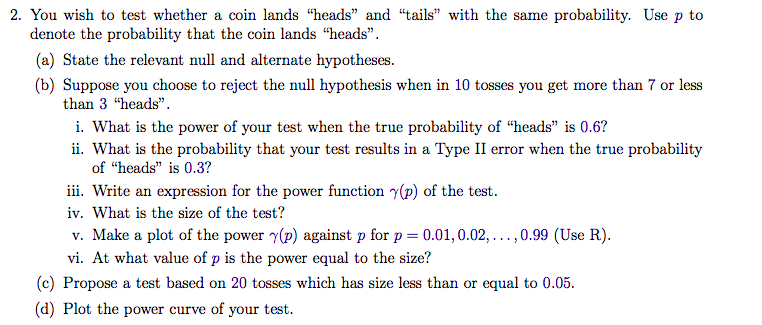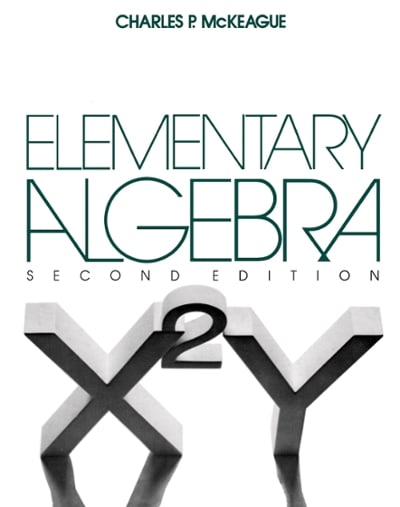Answered step by step
Verified Expert Solution
Question
1 Approved Answer
Which statement(s) is/are false about the Chi Square distribution? A. As the degrees of freedom increases, the Chi Square distribution approaches a normal distribution. B.
Which statement(s) is/are false about the Chi Square distribution?
A. As the degrees of freedom increases, the Chi Square distribution approaches a normal distribution.
B. The chi-square distribution is always right skewed, regardless of the value of the degrees of freedom parameter.
C. The chi-square statistic is always positive.
D. As the degrees of freedom increases, the shape of the chi-square distribution becomes more



Step by Step Solution
There are 3 Steps involved in it
Step: 1

Get Instant Access to Expert-Tailored Solutions
See step-by-step solutions with expert insights and AI powered tools for academic success
Step: 2

Step: 3

Ace Your Homework with AI
Get the answers you need in no time with our AI-driven, step-by-step assistance
Get Started


